The New York Times by William Glaberson - February 14, 2011
Major disasters like terrorist attacks and mass epidemics raise confounding issues for rescuers, doctors and government officials. They also pose bewildering legal questions, including some that may be painful to consider, like how the courts would decide who gets life-saving medicine if there are more victims than supplies. But courts, like fire departments and homicide detectives, exist in part for gruesome what-ifs. So this month, an official state legal manual was published in New York to serve as a guide for judges and lawyers who could face grim questions in another terrorist attack, a major radiological or chemical contamination or a widespread epidemic. Quarantines. The closing of businesses. Mass evacuations. Warrantless searches of homes. The slaughter of infected animals and the seizing of property. When laws can be suspended and whether infectious people can be isolated against their will or subjected to mandatory treatment. It is all there, in dry legalese, in the manual, published by the state court system and the state bar association. The most startling legal realities are handled with lawyerly understatement. It notes that the government has broad power to declare a state of emergency. “Once having done so,” it continues, “local authorities may establish curfews, quarantine wide areas, close businesses, restrict public assemblies and, under certain circumstances, suspend local ordinances.”
Ronald P. Younkins, the chief of operations for the state court system, said the book’s preparation was similar to other steps the New York courts had taken to plan for emergencies, including stockpiling respirators and latex gloves. Like such manuals in other states, Mr. Younkins said, it is intended to give judges and lawyers a place to turn in an emergency because the maze of state and federal laws — some decades or centuries old — can be difficult to decipher. For judges, the manual may well be their only refresher on the case of Mary Mallon, “Typhoid Mary,” who was isolated on an East River island from 1915 until her death in 1938. “It is a very grim read,” Mr. Younkins said. “This is for potentially very grim situations in which difficult decisions have to be made.” Published with the disarmingly bland title “New York State Public Health Legal Manual,” the doomsday book does not proclaim new law but, rather, describes existing law and gives lawyers and judges ways of analyzing any number of frightening situations. The manual provides a catalog of potential terrorism nightmares, like smallpox, anthrax or botulism episodes. It notes that courts have recognized far more rights over the past century or so than existed at the time of Typhoid Mary’s troubles. It details procedures for assuring that people affected by emergency rules get hearings and lawyers. It mentions that in the event of an attack, officials can control traffic, communications and utilities. If they expect an attack, it says, they can compel mass evacuations. But the guide also presents a sober rendition of what the realities might be in dire times. The suspension of laws, it says, is subject to constitutional rights. But then it adds, “This should not prove to be an obstacle, because federal and state constitutional restraints permit expeditious actions in emergency situations.” When there is not enough medicine for everyone in an emergency, it notes, there is no clear legal guidepost. It suggests legal decisions would most likely involve an analysis that “balances the obligation to save the greatest number of lives against the obligation to care for each single patient,” perhaps giving preference to those with the best chance to survive. It points out, though, that elderly and disabled people might have a legal claim if they are discriminated against at such moments of crisis.
Donna Lieberman, the executive director of the New York Civil Liberties Union, said the 88-page book reminded her of the CliffsNotes pamphlets that have helped generations of 11th graders get through Macbeth. “Needless to say, this makes me a little nervous,” she said, adding that the legal issues the book raised were “nuanced, thorny and difficult, and hard to capture in CliffsNotes.” In separate forewords, the state’s chief judge, Jonathan Lippman, and the bar association’s president, Stephen P. Younger, say public-health threats are more apparent than ever, so the legal questions ought to be considered now, not during an emergency. If nothing else, the book is intensely practical, giving lawyers and judges a way to get through what would quite likely be chaotic days. After mentioning that houses or businesses can be commandeered to shelter victims or serve as medical dispensaries, it continues that “violations of individual property rights, if actionable, would generally be sorted out after the need for such actions has ended.” The court system posted an electronic copy of the book on its Web site on Thursday, and the bar association is selling bound copies for $18 to the public. The book was edited by Michael Colodner, the former counsel to the state’s Office of Court Administration. In its matter-of-fact way, it conjures an image of the courts muddling through in an apocalyptic city. But it makes clear that it is in just such circumstances that it may be more important than ever for the courts to remain open to grapple with the legal questions created by the emergency itself. Without mentioning that judges and other court officials themselves may be among the dead or injured, the manual says that when there is a shortage of court personnel, administrators can take any number of steps to keep the courts operating. It says they can hold multiple proceedings before a single judge, change rules of procedure and give priority to cases arising out of the emergency. And it provides chilling instructions on how to proceed with cases in the midst of outbreaks of contagious disease. The stockpiled gloves and respirators “already available at many courthouses,” it says, may be necessary. But the image of an infected New Yorker surrounded by a masked judge, lawyers and court officers was a miserable one even for this gruesome guide. “The wearing of respirators by the multiple participants in a courtroom setting, would no doubt be disruptive,” the manual notes. One alternative, it suggests, is that the infected person be required to wear a respirator. Another: “Isolating an infectious litigant in a separate room with an audio-visual connection to the courtroom.” In Brooklyn one day last week, the administrative judge of the criminal courts, Barry Kamins, listened as parts of the manual were read to him, including the section about everyone wearing masks in the courtroom. “I’m trying to imagine several people in a courtroom wearing that,” Justice Kamins said. “It’s hard to put yourself in that situation.” But, he said, the city’s courts have already been through a lot, including the aftermath of the Sept. 11 attacks. Swine flu brought respirators to some courtrooms, as people worried about infection. Defendants who bite and scratch sometimes arrive in court in chains and are forced to wear gloves. “It’s almost surreal, but you just go forward,” Justice Kamins said, which is how he said judges would most likely respond if the scene in the courts was even more surreal.




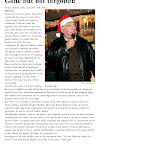

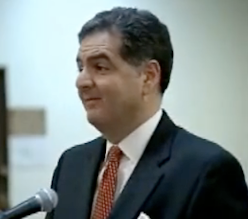
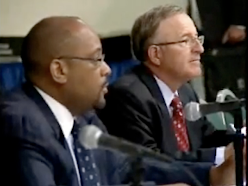
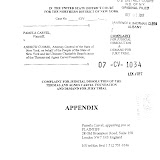
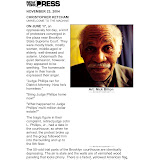
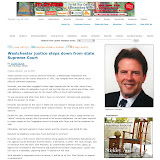
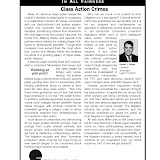
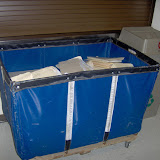
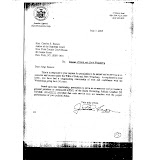
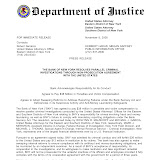
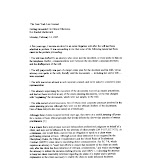
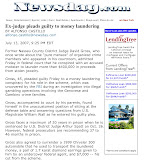
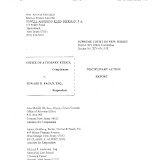
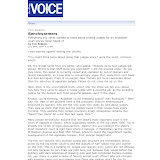
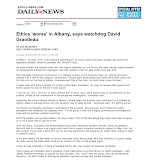
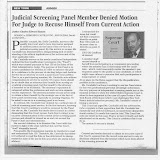

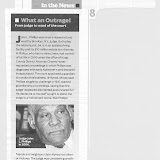
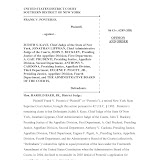
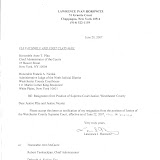
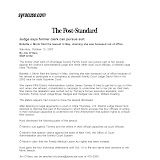
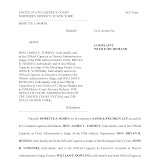

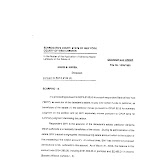
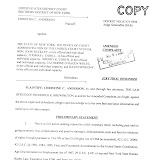
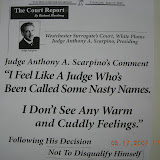
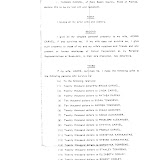
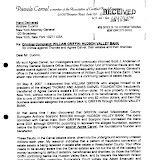
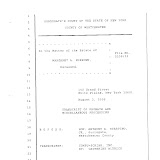
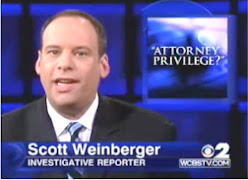
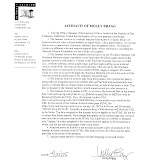
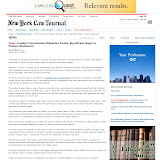
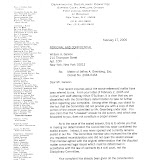
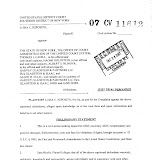
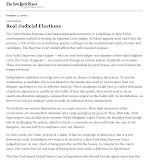
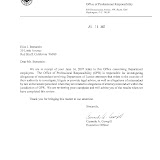
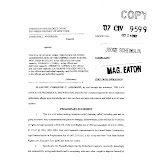
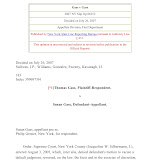
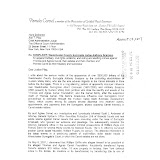
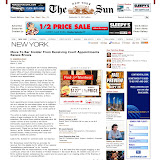
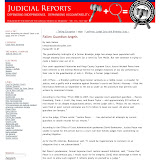
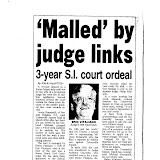
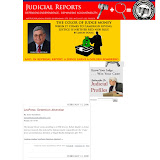
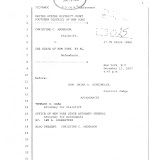
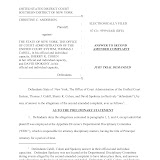
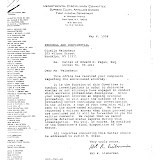
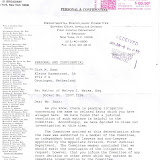
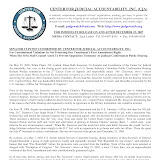
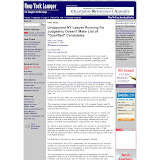
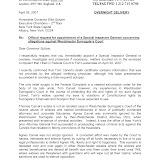
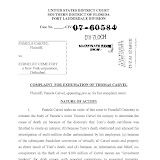
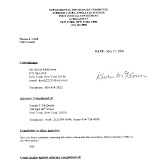
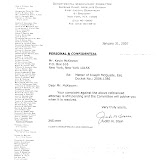
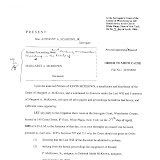
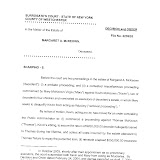
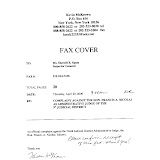
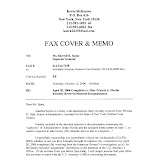
5 comments:
I can think of little worse than giving the thugs that now run New York's court system the authority of a ruthless King. Haven't we had enough of this? Marshall Law by mobsters..... great. Please, let's bring back Organized Crime because Disorganized Crime by of court system is ruining our society.
Another waste of taxpayer dollars.
They don't follow the Rules, Laws or Constitution now.
Now they have created a book full of nonsense, like they would follow that also.
(BTW - Barry Kamins is another one of those illegal "Acting Supreme Court Justices" who is illegally and improperly given this title so that he can collect a salary that is not authorized by the Legislature. Just like Pfau and who knows how many other "Judges" that are being paid-off by Lippman and the OCA.)
Just another CYA guide for the NY corrupt judiciary. In an emergency, round up all the judges and lawyers to protect the People.
Since Lippman has advice in the manual you are assured it was approved by the Devil's Disciple. New York Courts are the perfect argument for Sharia Law as a tremendous improvement. New York Law is arbitrary and capricious at best and more commonly is the result of paid-off judges and the crooked lawyers who depend on those pay-offs. The Rule of Law is not in New York and an emergency will only bring out the worst in New York Law.
I guess Lippman is going to have to build a lot more luxury hotels to house all the Judges and Court employees.
Lippman is attempting to establish Classic Feudalism in New York. Maybe Lippman should take a refresher on US History, or he should just read the newspapers to see what is going on in the Middle East to see how his story is going to end.
What planet are these people from? And to think that we the taxpaying public are paying them is too much.
Post a Comment